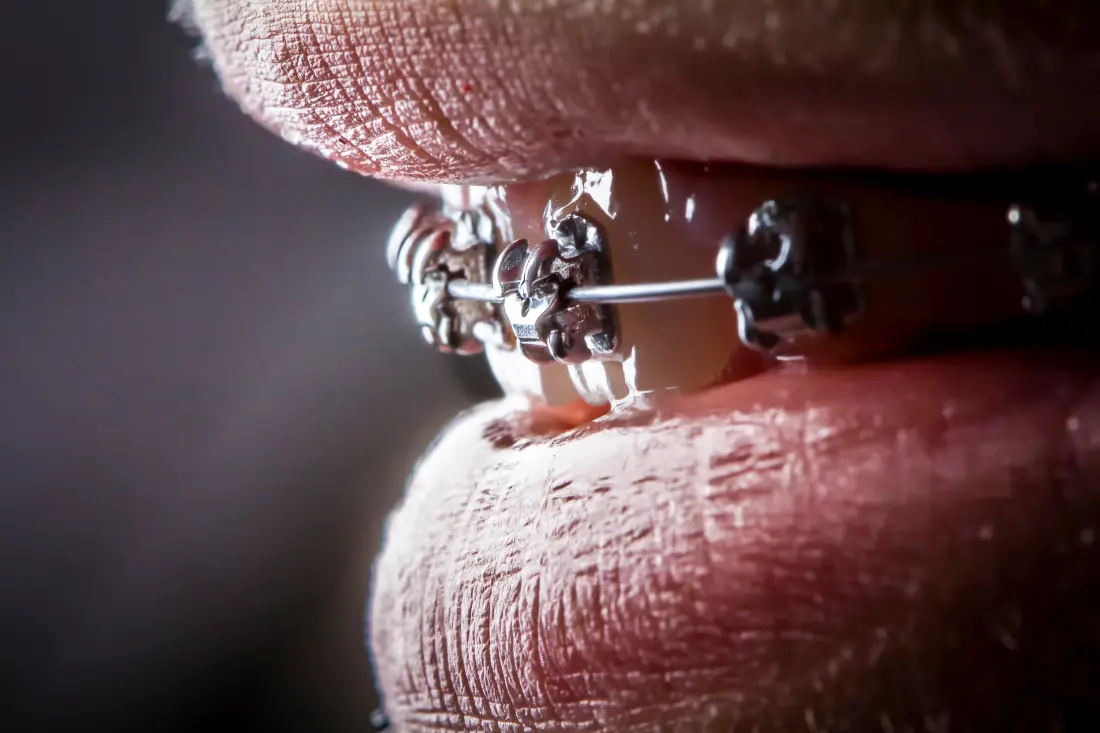Orthodontist

Orthodontics is the area of dentistry that specializes in preventing, diagnosing, and correcting dental and facial irregularities. Primarily, orthodontists deal with malocclusions and use a variety of orthodontic techniques and tools to correct them.
Like how doctors may choose to specialize in a certain area of medicine, such as neurology or psychiatry, dentists can choose to specialize in orthodontics. For dentists to become qualified orthodontists, they must attend a three-year training program after completing dental school. The regulating body for this branch of dentistry is the American Association of Orthodontists (AAO).
The AAO reports that orthodontic treatment is more fast and effective the younger the patient is. They recommend that children around seven be taken to the orthodontist to ensure no jaw or tooth irregularities are forming.
What devices do orthodontists use to correct misalignment?
Before creating a treatment plan for their patients, orthodontists must thoroughly examine their jaw and teeth. They may use panoramic X-rays and bite impressions (study models) to get a better sense of the condition of the jaw and determine the best course of action.
After the initial examination, orthodontists may choose to treat their patients with:
Dental braces
Traditional braces are made of metal, ceramics, or clear material attached to metal brackets and an archwire. The brackets are affixed to each individual tooth and the archwire connects each bracket. Dental braces align the teeth slowly and gently.
Headgear and facemasks
These devices can attach to dental braces to further encourage the teeth and jawbone into realignment. These are used primarily to correct overbites, underbites, and other developmental problems.
Retainers
Retainers are commonly used after dental braces or headgear treatment to ensure that the teeth do not move back to their original positions. They are worn until the underlying bone has correctly reformed but should be removed when eating.
To express any questions or concerns you may have about orthodontics and orthodontic treatment, please contact Brooklyn Dental Spa.